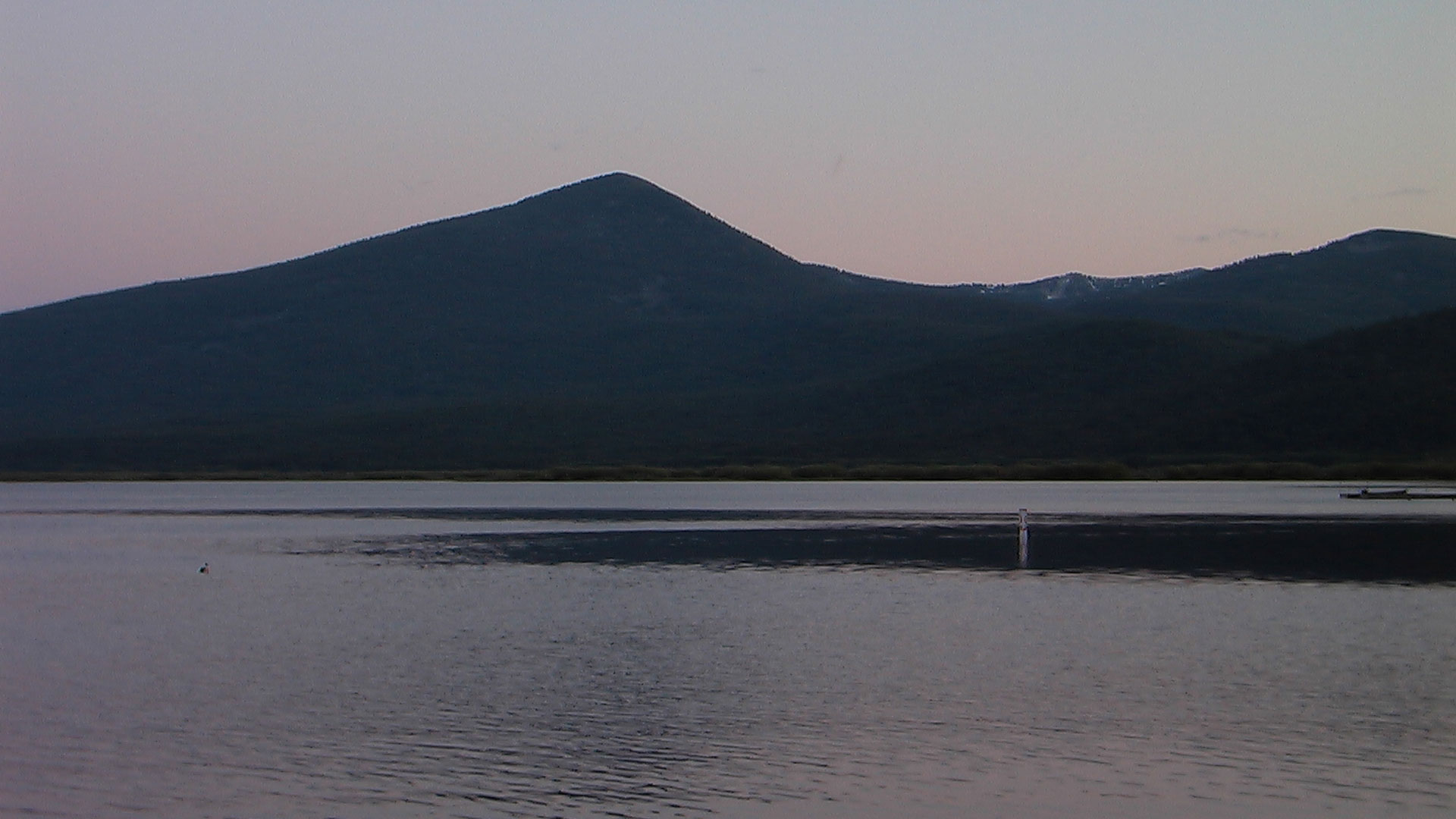 On a forum site I frequent, someone wrote:
On a forum site I frequent, someone wrote:
Even if you have no identity, you still exist. As what? The spirituality that I follow would say “as existence”, or “as pure consciousness”.
I was reminded of Nisargadatta, a famous teacher who lived in India in the last century:
You are not your body, but you are the consciousness in the body, because of which you have the awareness of “I am”. It is without words, just pure beingness. Meditation means you have to hold consciousness by itself. The consciousness should give attention to itself. (1)
“The consciousness should give attention to itself”—in thirteenth-century Japan, Eihei Dogen wrote:
Therefore, …take the backward step of turning the light and shining it back. (2)
That’s a poetic way to say “the consciousness should give attention to itself”.
I used to talk about the location of consciousness, but a friend of mine would always respond that for him, consciousness has no specific location. As a result, I switched to writing about the placement of attention:
There can… come a moment when the movement of breath necessitates the placement of attention at a certain location in the body, or at a series of locations, with the ability to remain awake as the location of attention shifts retained through the exercise of presence. (3)
In his “Genjo Koan”, Dogen wrote:
When you find your place where you are, practice occurs, actualizing the fundamental point. (3)
Given a presence of mind that can “hold consciousness by itself”, activity in the body begins to coordinate by virtue of the sense of place associated with consciousness. A relationship between the free location of consciousness and activity in the body comes forward, and as that relationship comes forward, “practice occurs”. Through such practice, the placement of consciousness is manifested in the activity of the body.
Dogen continued:
When you find your way at this moment, practice occurs, actualizing the fundamental point…
(ibid)
“When you find your way at this moment”, activity takes place solely by virtue of the free location of consciousness. A relationship between the freedom of consciousness and the automatic activity of the body comes forward, and as that relationship comes forward, practice occurs. Through such practice, the placement of consciousness is manifested as the activity of the body.
I sit down first thing in the morning and last thing at night, and I look to experience the activity of the body solely by virtue of the free location of consciousness. As a matter of daily life, just to touch on such experience as occasion demands—for me, that’s enough.
2 “Fukan zazengi” Tenpuku version; tr. Carl Bielefeldt, “Dogen’s Manuals of Zen Meditation”, p 176.
3 “Genjo Koan [Actualizing the Fundamental Point]”, tr. Kazuaki Tanahashi, included in his “Enlightenment Unfolds”.

